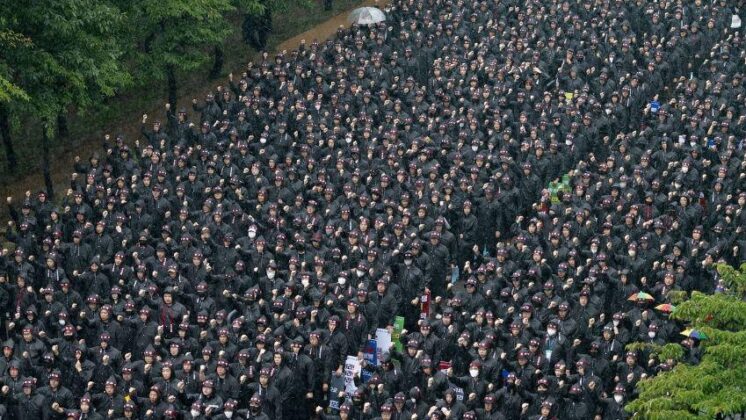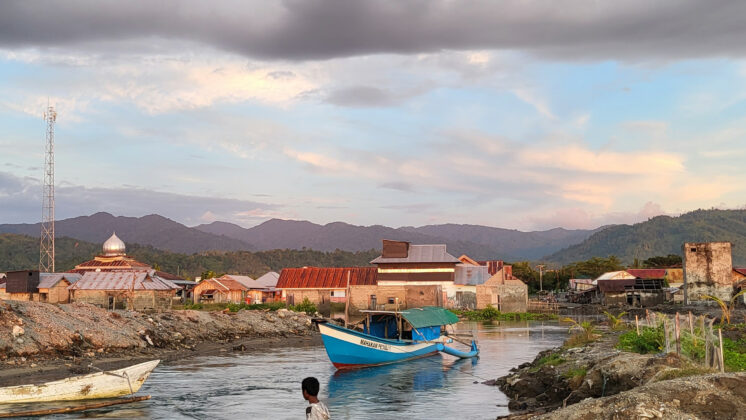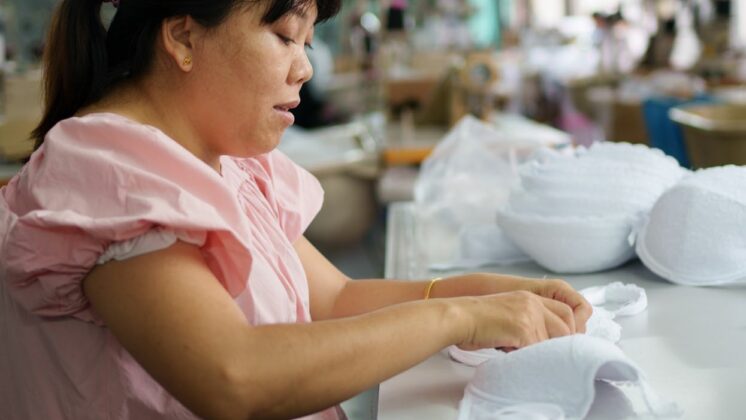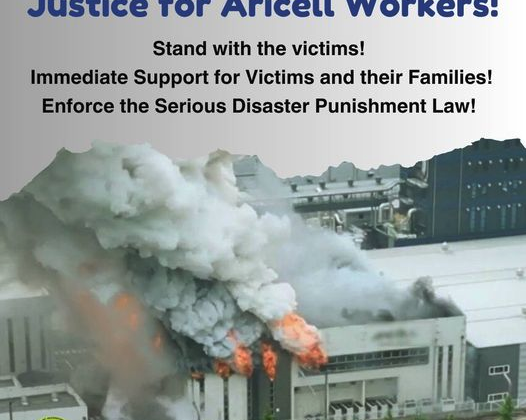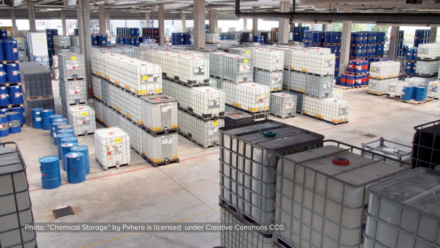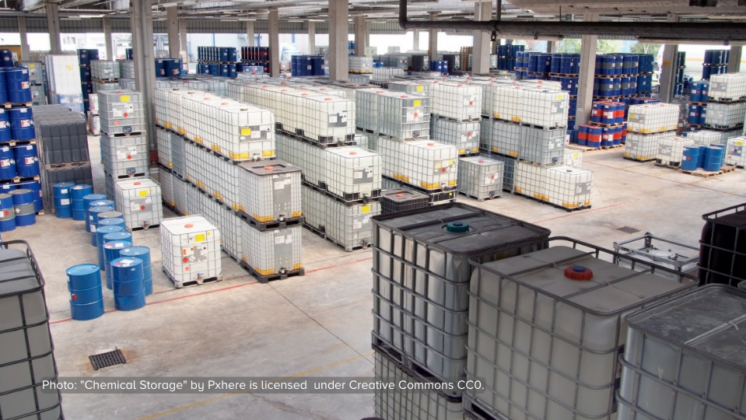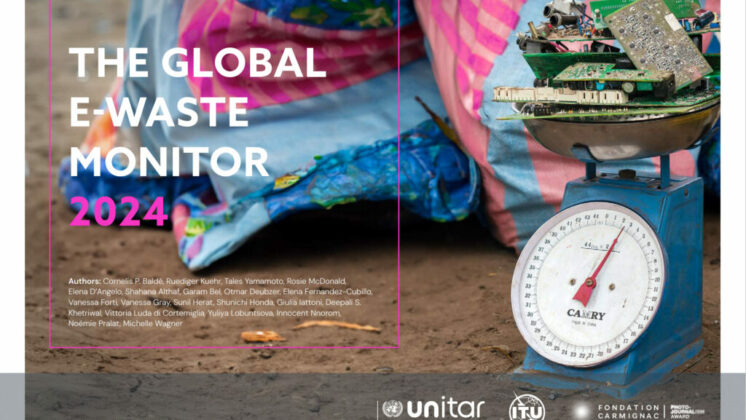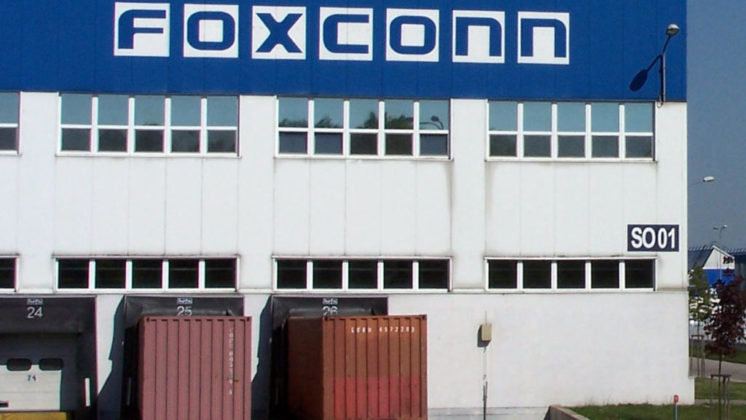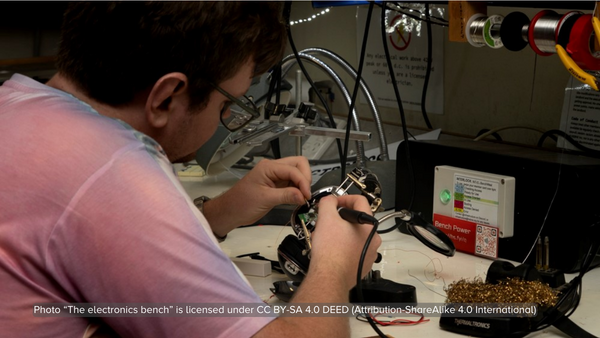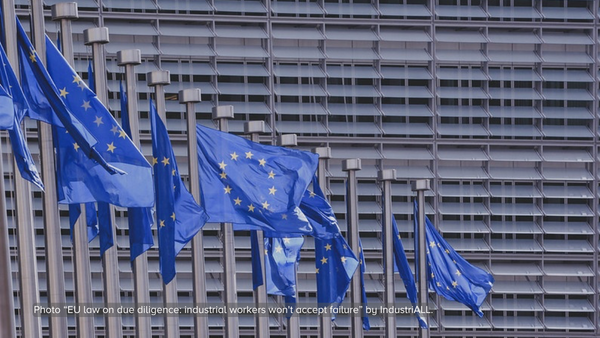Rivers running thick with pollution, cancer villages downstream of industrial parks, poisoned crops and sickened babies. The reality of water pollution in China is one of the country’s biggest tragedies. And the true extent of this pollution is still an unknown. That’s why earlier this week, when a Guangdong province blacklisted 20 polluting companies for failing to meet water discharge standards, Greenpeace China welcomed their move. While few details have been provided about the implications of the blacklisting, it is a small step towards stopping China’s industrial water pollution crisis.
Rivers running thick with pollution, cancer villages downstream of industrial parks, poisoned crops and sickened babies. The reality of water pollution in China is one of the country’s biggest tragedies. And the true extent of this pollution is still an unknown. That’s why earlier this week, when a Guangdong province blacklisted 20 polluting companies for failing to meet water discharge standards, Greenpeace China welcomed their move. While few details have been provided about the implications of the blacklisting, it is a small step towards stopping China’s industrial water pollution crisis.
While few details have been provided about the implications of the blacklisting, it is a small step towards stopping China’s industrial water pollution crisis. Just a few months earlier Greenpeace exposed five factories for releasing a cocktail of hazardous chemicals into the Pearl River. Read the Greenpeace report 'Poisoning the pearl' here.
Out of those five, three of them are in the government's blacklist: Qingyuan Top Dragon, Wing Fung P.C. Board, and Techwise Qingyuan Circuit.
The government's blacklisting may mean several things. It may mean that the bureau is setting the factory a deadline to improve its pollution prevention performance; it may act as a warning – a kind of “we are watching you”; and it may also affect the company’s financial status in terms of ability to launch a stock market listing or apply for a loan. The bureau started publishing these lists in 2006 and the important thing to notice is that factories previously blacklisted have improved their performance. So Greenpeace welcomes both the list and the fact that three of the companies we highlighted to the government last year have been included.
However a final note of caution. Since China’s pollution regulations focus largely on conventional pollutants and not toxic chemicals, Greenpeace is urging the government to urgently rework this legislation. The blacklisting is a positive first step, but to seriously combat pollution that causes cancer and sickness, China needs to start monitoring and eliminating hazardous chemical discharges.

